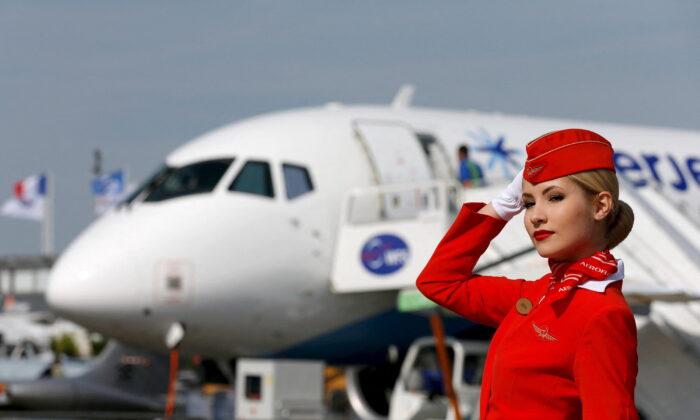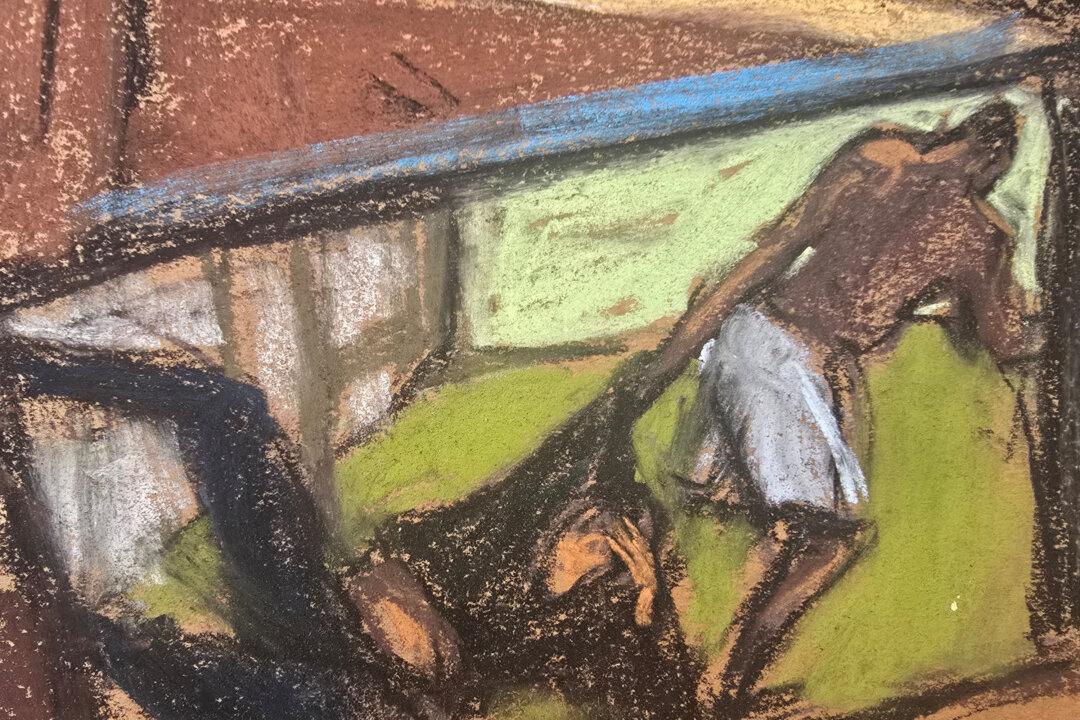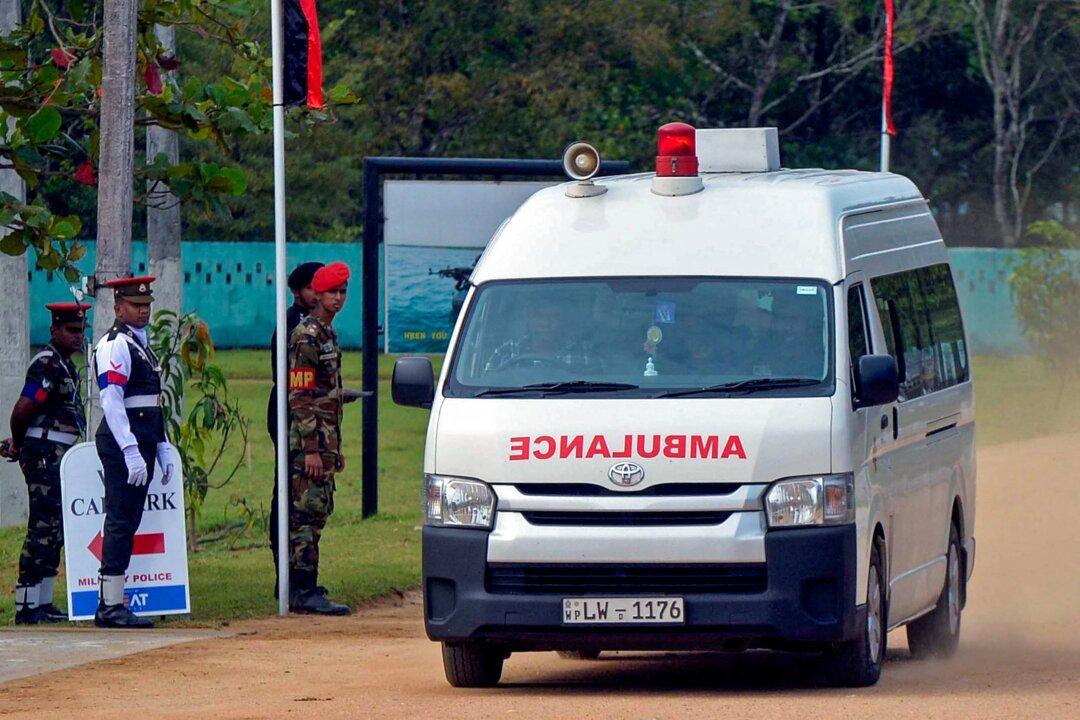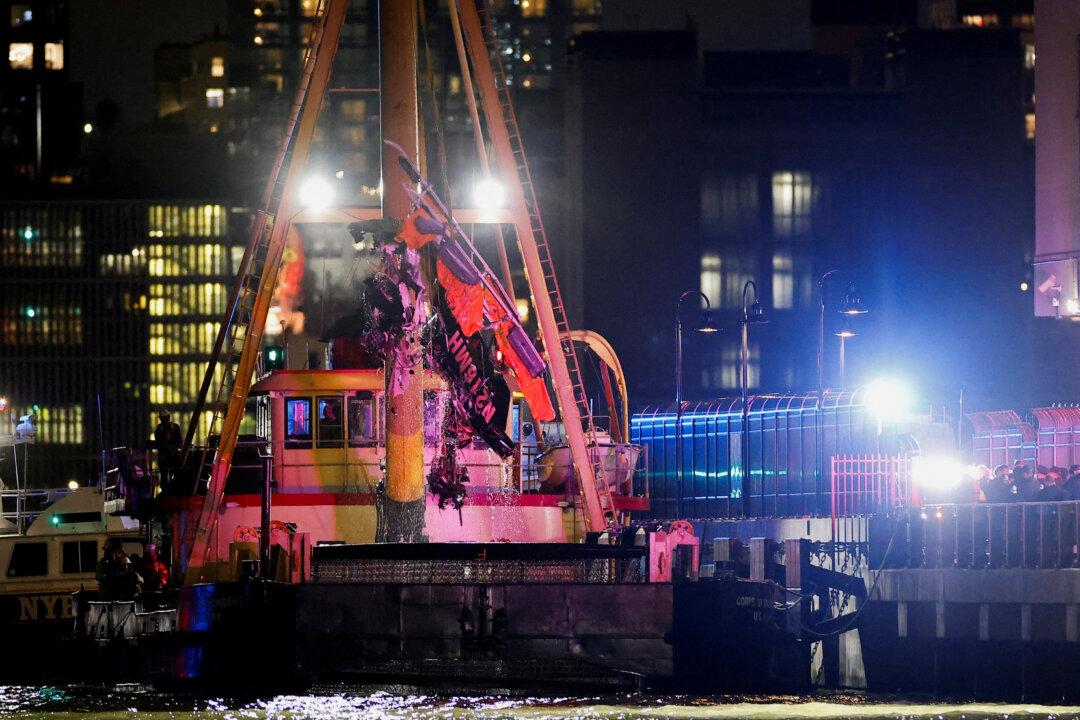LONDON—Russia said on Wednesday it would accelerate the development of its domestic civilian aerospace sector by focusing on flagship airliner projects such as the Irkut MS-21, also known as the MC-21, and the Sukhoi Superjet.
After the United States and Europe cut off Russia from swathes of the global economy with retaliatory sanctions, Russia is facing its gravest economic crisis since the 1991 fall of the Soviet Union.
“There has been no halt to the work of these enterprises and there will be none. Everyone is continuing work,” Deputy Prime Minister Yuri Borisov said, according to a government statement.
“I stress again—we will press on with the implementation of our MS-21 and SSJ-100 flagship projects,” he said.
Borisov said Russia’s military aerospace industry had thrived despite working under sanctions since 2014, when Crimea was annexed from Ukraine. But he acknowledged that the situation was more difficult for the civilian sector as so many projects depended on international cooperation.
After the fall of the Soviet Union, Russia’s once mighty aerospace sector was thrown into turmoil. Since President Vladimir Putin came to power in 1999, it has tried to claw back market share from Boeing and Airbus.
The Sukhoi Superjet 100, Russia’s main domestic-made passenger jet, typically seats just under 100 passengers. Introduced in 2011, it was conceived as competition for Airbus, Bombardier, and Embraer.
The medium-range Irkut MS-21/MC-21, with a potential capacity of over 200 passengers, is due to enter service this year. First designed with U.S.–made engines, in December 2020 it flew for the first time with Russian-built turbofans.
Both planes are built by Irkut Corporation, part of United Aircraft Corporation (UAC), and the engines are built by United Engine Corporation, all of which are majority owned by Rostec, Russia’s state aerospace, and defense conglomerate.





